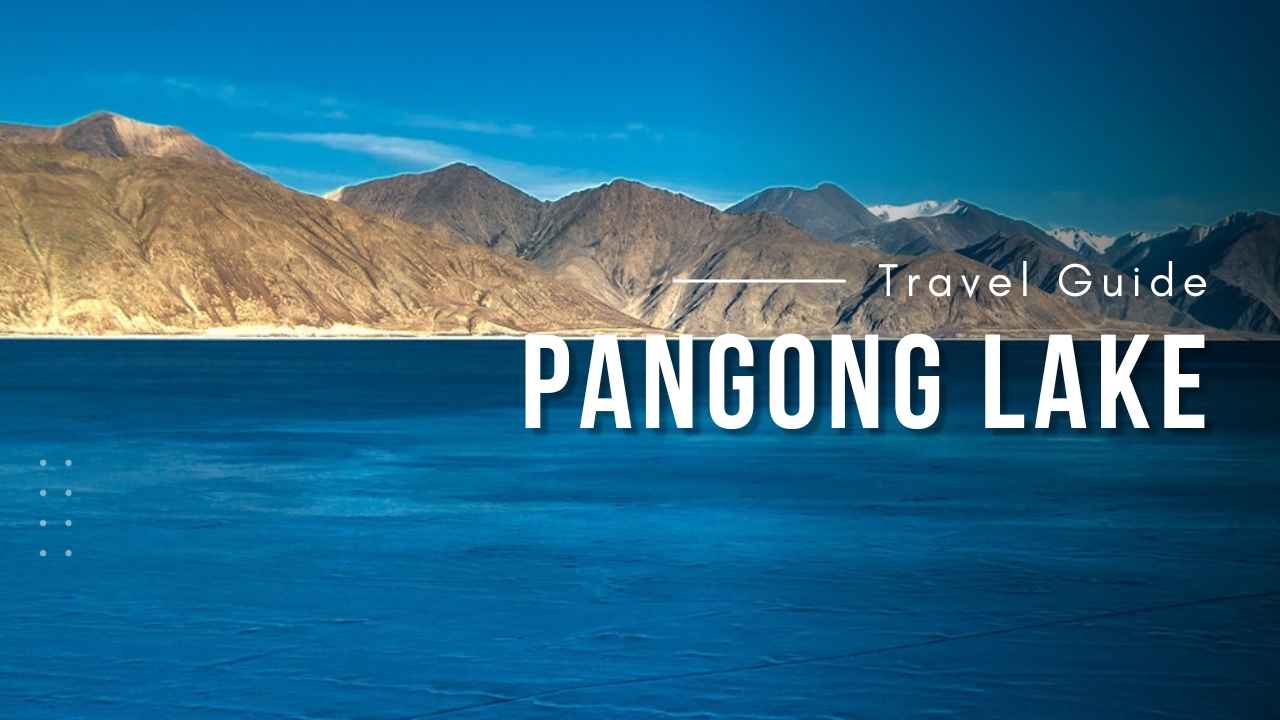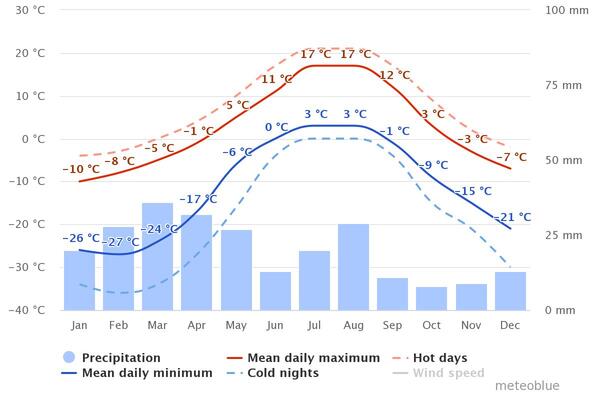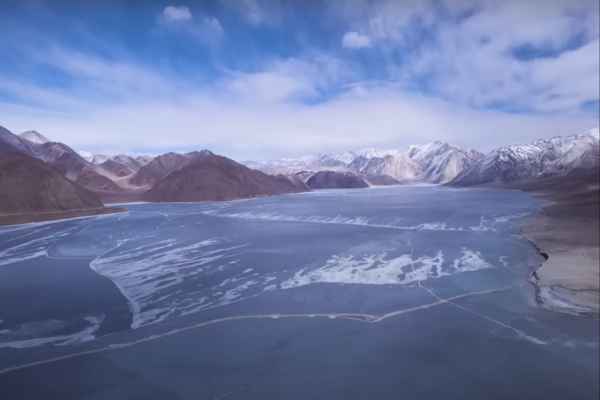
Pangong Lake is a shining gem of Ladakh, the northernmost part of India. The rough terrain of the Himalayas surrounds it. This beautiful high-altitude salt lake, often Pangong Tso Lake, is over 134 kilometers long. About 60% is in Tibet, China, and the other 40% is in India. It is beautiful not only because of its sheer size but also because of how the colors of the water change all the time, going from bright blue to deep turquoise based on how the sun and clouds move. Pangong Lake, which is about 4,350 meters (14,270 feet) above sea level, is a natural wonder and a great example of how amazing nature can be.
Pangong Tso Lake is a peaceful place for people who want to get away from the noise of modern life. The rough mountains that surround this natural wonder make for a dramatic background that looks like it came from a dream. Pangong has kept its natural beauty because it is hard to get to and remote. This draws explorers, nature lovers, and curious people from all over the world. Pangong Lake promises a soul-stirring experience, whether you’re a photographer looking to capture its beauty, a birdwatcher interested in the birds that live there, or just a traveler looking for a quiet place to rest.
Pangong Tso is not just a destination; it’s an expedition into the heart of Ladakh’s natural and cultural heritage. In this blog, we’ll delve deeper into Pangong Lake’s wonders, its historical significance, the best times to visit, and the various activities it offers. Whether you’re intrigued by the legends surrounding it, eager to discover the local traditions of Ladakh, or want to know how to plan your journey to this enchanting corner of the world, our exploration of Pangong Tso Lake will guide you every step of the way. So, prepare to embark on an unforgettable adventure as we uncover the hidden treasures of Pangong Lake, where nature’s splendor and tranquillity converge.
The Pangong Tso Lake is at a height of 14,270 feet (4,350 meters) and often has cold temperatures. Based on the weather at the lake, we have categorized the best time to visit Pangong Lake into 3 sections.
1. Seasonal Variations:

2. Extreme Temperatures:

3. Rain at Pangong Lake
4. Windy Delights
5. Altitude’s Impact:
A few important tips and key information when you are planning a visit to Pangong Lake Ladakh.
The Pangong Lake lies about 150km from Leh and can be accessed only by road. Your journey begins with a flight to Leh, followed by a road trip to reach the lake.
NOTE:
Getting acclimatized well before starting a trip to the Lake is important. Please refer to our guide on how to acclimatize to Leh Ladakh.
The Lake can be travelled from Leh via Chang La Pass and from Nubra Valley via Wari La Pass or Shyok. We have discussed them in detail below.
The roadmap for the tour
Leh – Karu [36km] – Chang La [44km] – Durbuk [32km] – Tangste [10km] – Spangmik [44km] = 158 km in Total
PRO TIP – We recommend the following things to remember.
The roadmap for the tour
Hunder – Diskit [12km] – T Morh [15km] – Khalsar [7km] – Agham [27km] – Shyok [47km] – Durbuk [16km] – Tangste [10km] – Spangmik [44km] = 171 Km in total
PRO TIP – We recommend the following things to remember.
The roadmap for the tour
Hunder – Diskit [12km] – T Morh [15km] – Khalsar [7km] – Agham [27km] – Wari La Pass [35km] – Sakti [26km] – Chang La Pass [36km] – Durbuk [32km] – Tangste [10km] – Spangmik [44km] = 235 Km in Total
PRO TIP – We recommend the following things to remember.